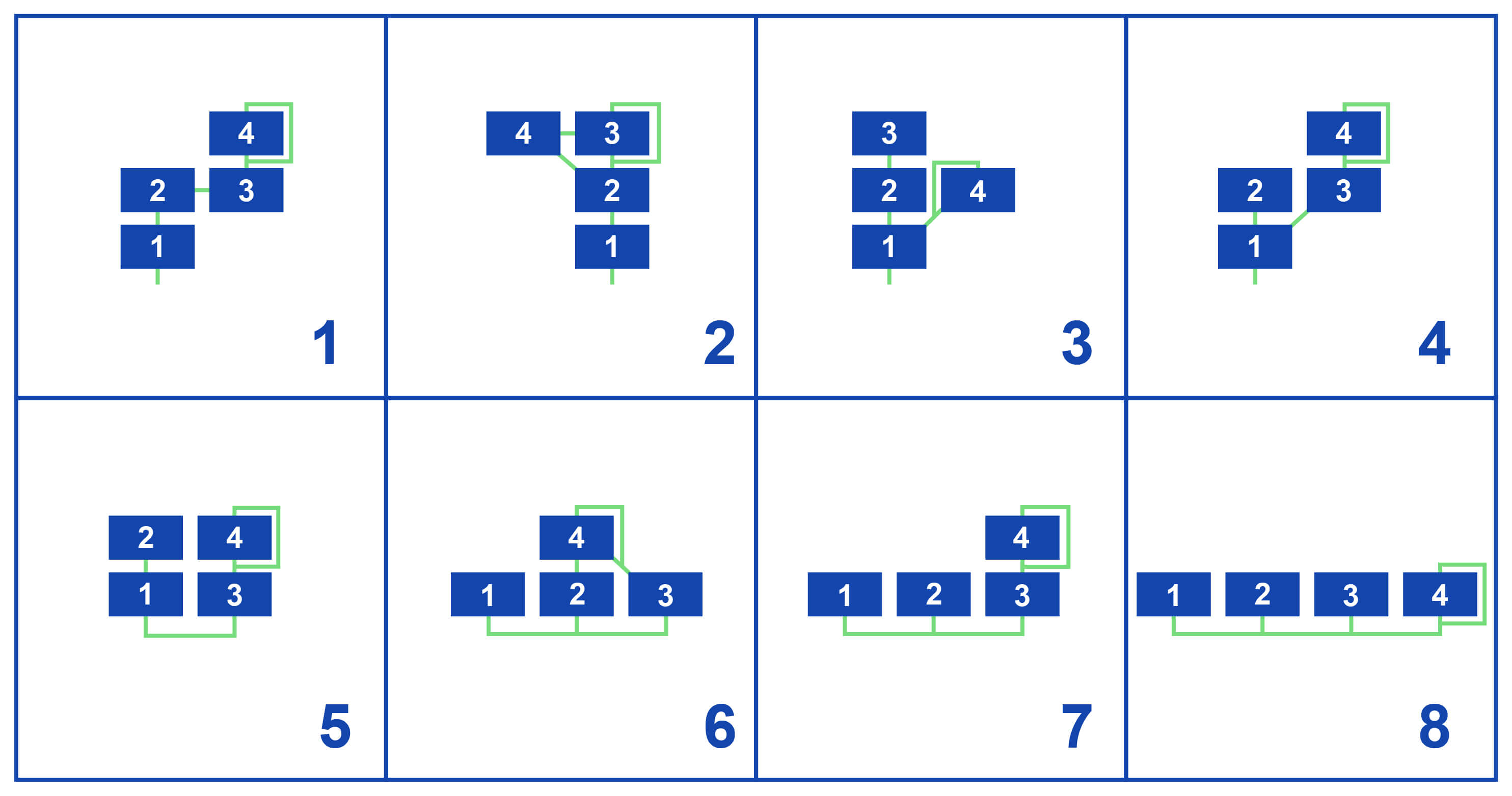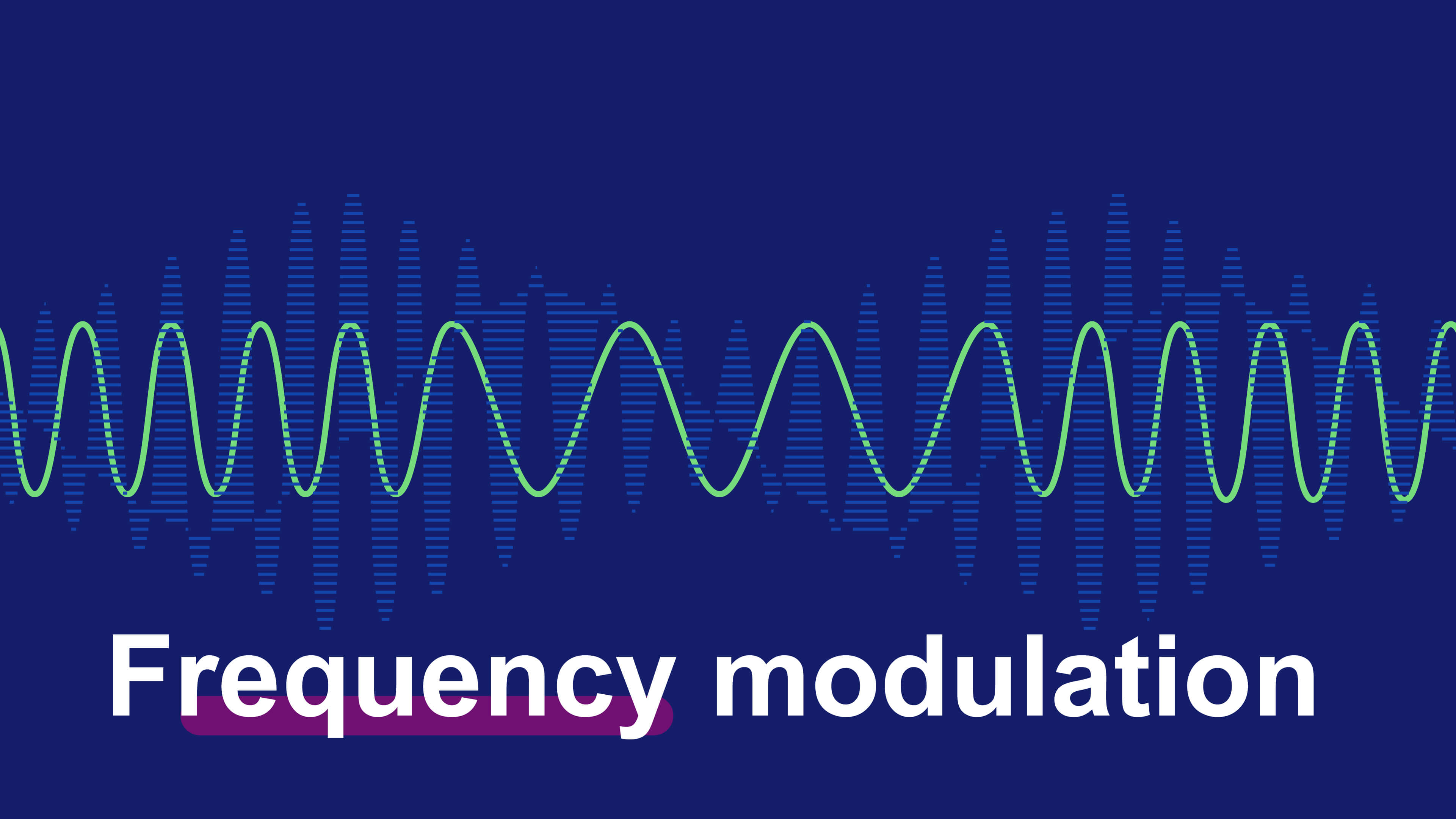FM synthesis explained: a frequency modulation cheat sheet for music producers
Frequency modulation is a fantastic synthesis technique for creating complex tones, harmonically rich sounds, and so much more.
Music producers know all about oscillators, LFOs, and envelopes. After all, these sound design tools are ingrained in the routine of music makers.
While these synth components are found in the vast majority of synthesizers, there is one type of synthesis that works a little differently. I am, of course, talking about FM synthesis. So let’s begin this guide to frequency modulation and why it’s different from the likes of additive and subtractive synthesis.
What is FM synthesis? Defining frequency modulation
FM synthesis is a method of synthesis that allows you to create interestingly complex timbres by modulating the frequency of one signal with the frequency of another. That’s why it’s called frequency modulation!
I know – frequency modulation does sound pretty intimidating. You’re accustomed to oscillators, envelopes, and LFOs, so you’re probably already using frequency modulation in its simplest form.
After all, an oscillator with no modulation whatsoever is a constant tone and so it’s pretty boring. And one of the easiest ways to make it exciting is to modulate the pitch of the oscillator with an LFO or an envelope for a vibrato effect!

The rate of the LFO determines the speed of the vibrato effect while the LFO amount determines how intense the vibrato effect is. And this is the premise of FM synthesis!
However, applying an LFO to the frequency of an oscillator will always sound like vibrato – albeit very intense vibrato. But modulating the frequency of a signal with that of another sounds less like vibrato and more like a new sound entirely when you increase the rate of the modulation.
As a result, frequency modulation can create timbres that’ll blow your mind at frequencies in the audible range.
What sounds is FM synthesis good for?
- Thick, punchy basses
Brostep, DnB, Bass House, Trap, and other electronic music styles utilize FM synthesis to create basses that punch through mixes with harmonics that sound like a roar. Think of the classic Brostep Skrillex bases and you”’ understand what I mean. - Instruments with heavy attack times
Instruments with heavy transients and complex attack times like electronic keyboards. - Distorted sounds
- Sharp-sounding keys, pads, and other sounds
FM synthesis is great for creating both harmonic and inharmonic sounds. If the modulating signal has harmonic intervals akin to the modulated signal then the resulting sound will be harmonic. On the other hand, if the modulating signal has harmonics at different intervals then the sound will be inharmonic.
In any case, increasing the amount of frequency modulation will make the output sound more complex.
How does FM synthesis work?
The Yamaha DX7 made FM synthesis incredibly popular in the 80s. As a result, the DX7 shaped the sound of synthesizers in the 80s and is responsible for how FM synthesis works today.
Today, frequency modulation relies on the following things to work:
- Signal operators
- Algorithms
- Ratios
What are the operators in FM synthesis?
Operators are like oscillators, but they’re self-sufficient as they have their own dedicated amplitude envelopes.
Furthermore, FM synths utilize two different types of operators known as “carriers” and “modulators“. Traditionally, FM synth operators only house sine waveforms. But the FM synths of today include other waveforms!
Carrier operators contain the signal that a modulator operator modulates the frequency of with its own signal. In other words, FM synths route the output of carrier operators into modulator operators.
The Yamaha DX7 has six operators in total but the majority of FM synths generally have four operators today. Though this may seem like a limitation, the ability to use waveforms other than sine waves make it easier to build harmonically rich sounds.
Understanding carriers and modulators
As you may have guessed, FM synthesis requires two signals: one to modulate and one to be modulated.
Operators perform both of these functions. The modulator (a fitting name) houses the signal that will modulate the frequency of the carrier signal. Therefore, the modulator is like an LFO applied to the pitch of an oscillator signal.
Adjusting settings in each operator lets you create some crazy sounds. Simply tweaking a few parameters like their frequency, amplitude envelopes, and other available settings lets you create epic sounds.
Feedback
Operator feedback lets you use the frequency of an operator as its own modulator. So utilizing feedback is another way to build harmonically rich sounds with your operators.
Increasing the amount of feedback will morph the waveform even more!
Envelopes
Each operator has its own amplitude envelope and they work just like they do in other synthesizers like Serum, Massive, and Vital.
Both the modulator and carrier operators have ADSR envelopes, so you can shape the amplitude of each operator as you see fit – allowing for some pretty interesting timbres. In short, adjusting and modulating the amplitudes of each operator over time creates some pretty wacky frequency changes…
Algorithms in FM synthesis
What operator is modulating other operators? Are they modulating more than one operator? How do you navigate this mess?!
How each operator is connected to others makes a massive difference to your sound. Yamaha realized that having 6 operators available on the DX7 may get overwhelming for users. So they created a fixed amount of operator arrangements for the most useful configurations making the DX7 far simpler to use.
These operator configurations are called “algorithms“. The bottom row of operators in any algorithm are carriers while the rest are modulators.

In example 5, both carriers have one operator modulating each of them while operator 4 has a feedback loop that consistently modulates its own frequency.
Dalling in different frequencies on each operator creates radically different timbres while adjusting the level of each carrier blends the timbres differently.
Ratios in FM synthesis
FM synths utilize “ratios” for adjusting the pitch of operators instead of the traditional scale of semitones and cents. In fact, Ratios make it easier to predict the kind of sound you’re going to get.
In practice, the modulator frequency will most often be a multiple of the carrier.
For example, a modulator frequency with a ratio of 1:1 means the modulator frequency is the same as the frequency of the carrier signal and produces only a little harmonic content. But a 2:1 ratio produces a more complex tone, and the higher you go gives more complex timbres.
Doubling the ratio is the same as increasing the pitch by an octave. So a 2:1 ratio give is an octave higher, a 4:1 ratio is an octave higher again, and so on. As a result, high ratios on your modulator signal are how you get complex harmonic sounds.
Final thoughts
Frequency modulation allows you to create harmonic or inharmonic sounds with complex tones that wouldn’t have been available before FM synthesis was born.
Manipulating operators, algorithms, and ratios allow you to create harmonically rich sounds for basses, pads, pluck sounds, and more!
So, is it time you downloaded a free FM synth and gave it a go yourself?
What are the different types of synthesis?
Including FM synthesis, there are a total of 6 methods of synthesis commonly used in music production today:
- Subtractive synthesis
Subtractive synthesis is the process of removing frequencies from an original signal via filtering to sculpt a new sound. - Additive synthesis
Additive synthesis is all about stacking multiple sine waves together at different frequencies and amplitudes to build a sound. - Wavetable synthesis
Wavetable synthesis converts a waveform into a morphable “wavetable”, and the wavetable is made up of many “subtables” which oscillate like a regular waveform signal. Then you can modulate the wavetables in numerous ways. - Granular synthesis
Granular synthesis goes one step further than wavetable synthesis – it cuts a waveform into tiny segments of audio (granules) that you can modulate. - Modular synthesis
Instead of buying an all-in-one standalone synth, you could buy synthesizer modules and design your own modular synth!
